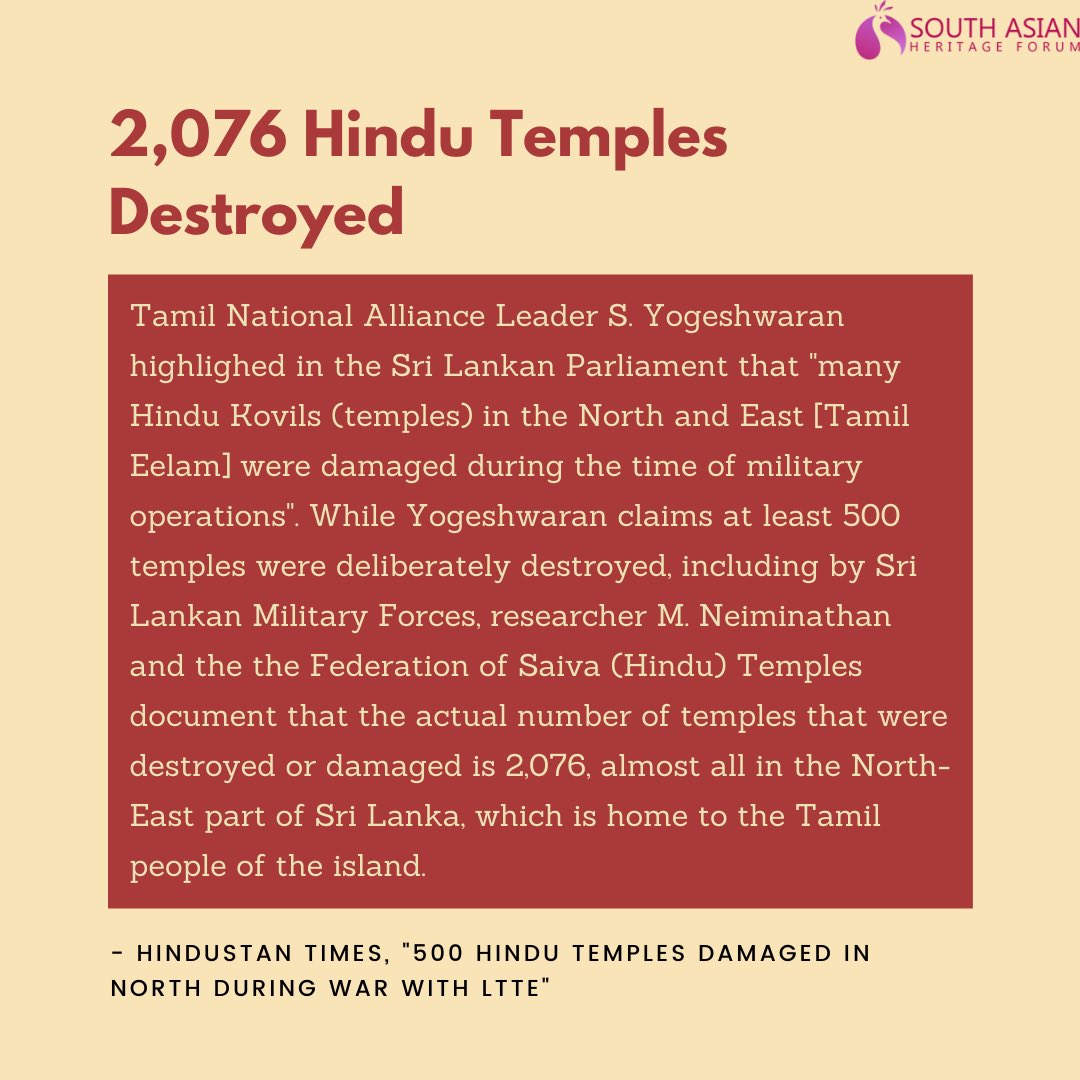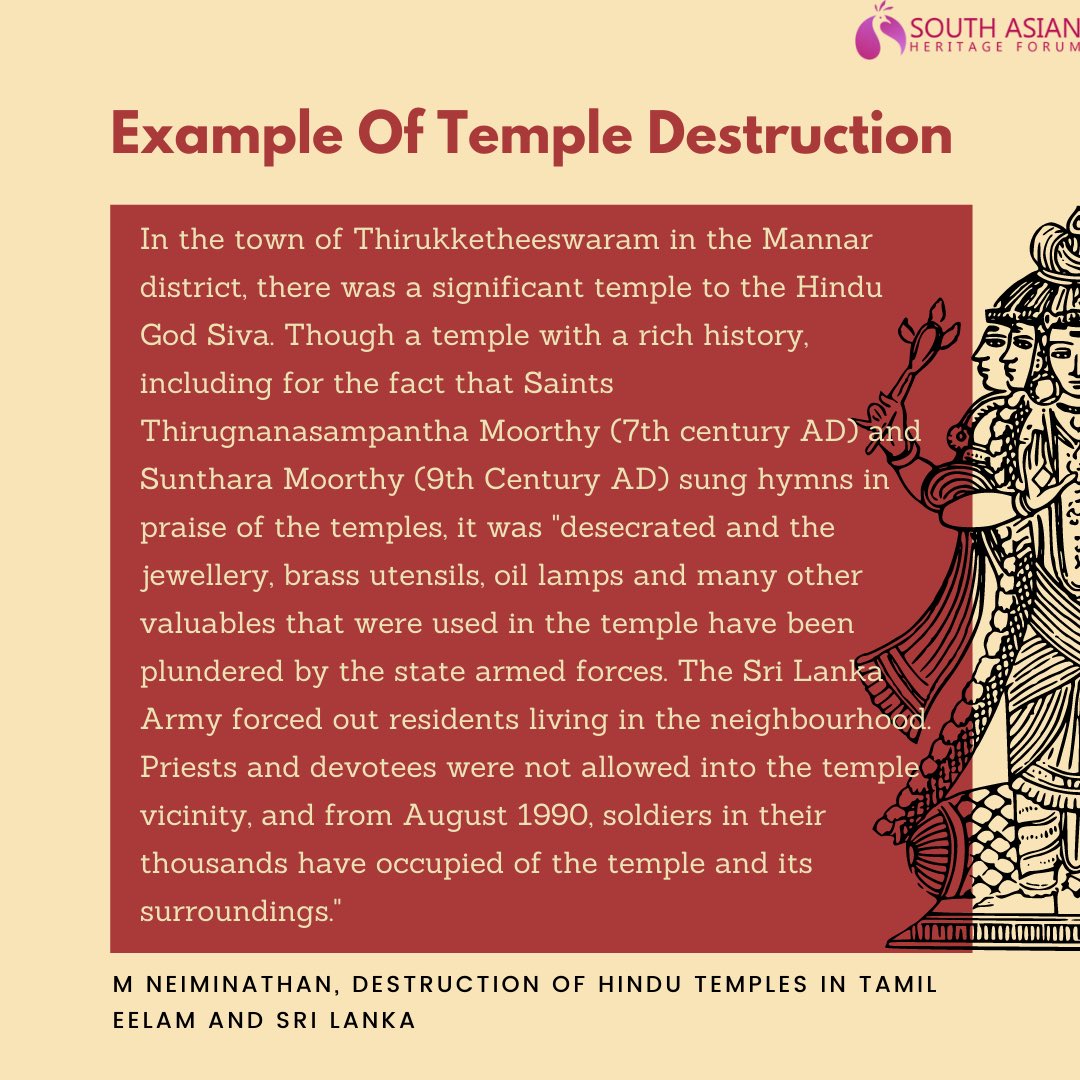THREAD: What does International Law say about Kashmir? (All sources are provided in the link to the article in the tweet quoted).
https://twitter.com/sahforums/status/1309909307362869250
In the present day, the region is now 3 separate territories, Jammu & Kashmir and Ladakh (India), Pakistan occupied areas and the Chinese occupied areas. International Law recognises it as a bilateral dispute between India and Pakistan although it supports the argument that...
the territory disputed, was and is an integral part of India, legally speaking. To understand why, we must look at The Instrument of Accession and the UN Security Council resolution 47. The British Viceroy allowed the rulers of Princely States at the time (including J&K) to...
which nation to accede to with the use of a document called the Instrument of Accession. In 1947, Pakistani Forces invaded the Princely State on October 22nd while the ruler, Maharaja Hari Singh, debated whether to accede to India or not. Panic stricken, Maharaja Hari Singh...
decided to accede to India, using the Instrument of Accession signed on October 26th, as that was the only way India could send its military in to defend the territories from capture. The Instrument of Accession confers the authority to India to pass laws on all matters...
concerning defence, communications and external affairs of J&K. J&K democratically adopted its own constitution on January 26th 1957, this constitution affirmed in Part II Article 3 that the state of J&K is an integral part of the Union of India and that...
Indian Parliament has executive and legislative power under the Constitution of India for certain matters J&K (Part II Article 5). These matters include, defence, foreign affairs, finance and communications.
The UNSC resolution 47 clarifies clearly why a referendum has not materialised, this due to the fact that the first requirement in the resolution is for Pakistan to withdraw all armed tribesmen, military and armed Pakistani Nationals. However, to this day, Pakistan has...
failed to complete the first step in the resolution and has instead changed the demographics of the region, created unrest in the area by funding terrorism, further violating resolution 47. As a result, no referendum has taken place and the Instrument of Accession remains...
an unconditional and legally binding act to this day, empowered by both the Government of India Act 1935 and the Indian Independence Act of 1947.
• • •
Missing some Tweet in this thread? You can try to
force a refresh














